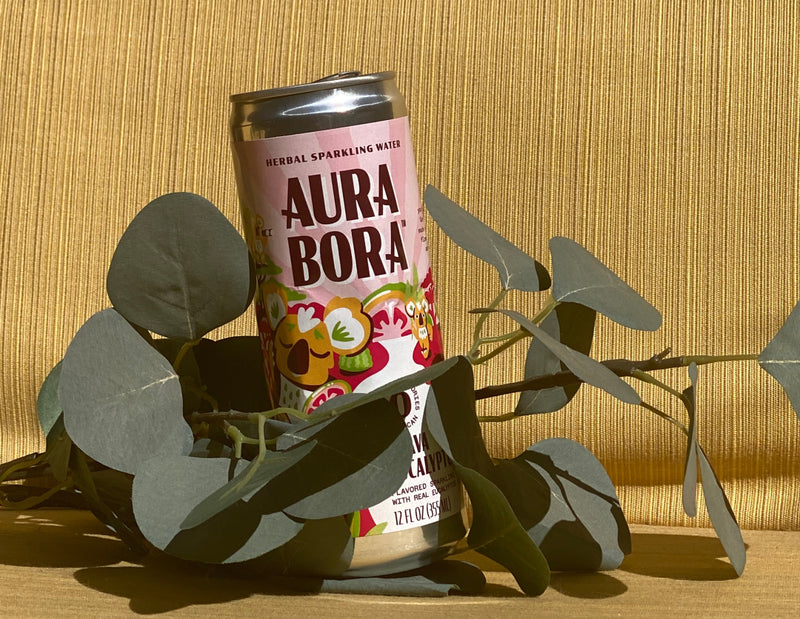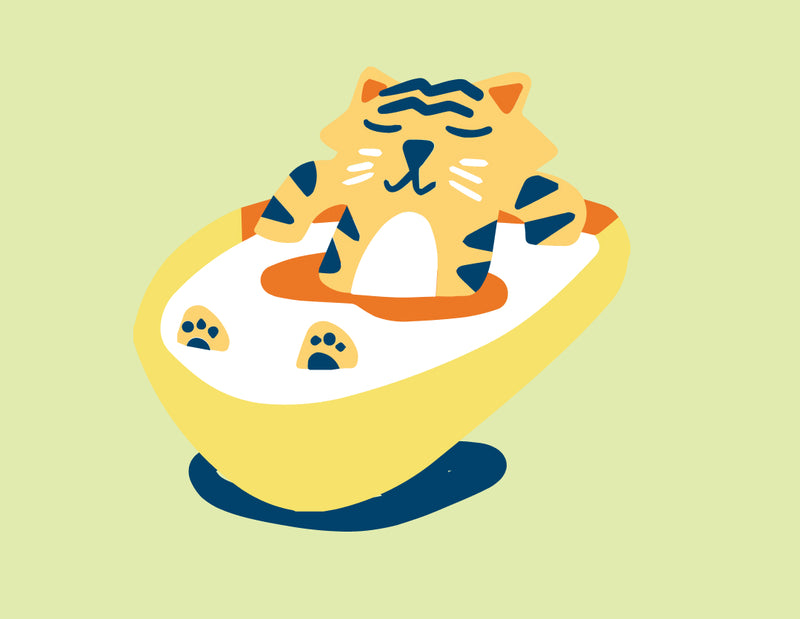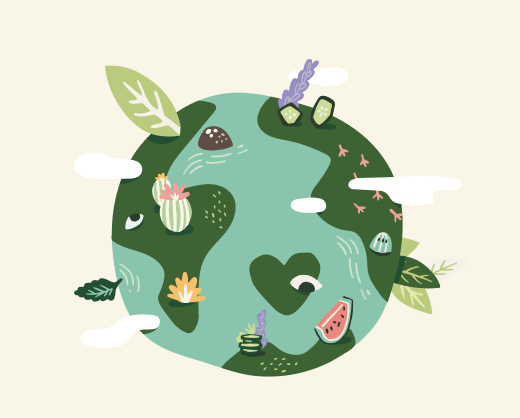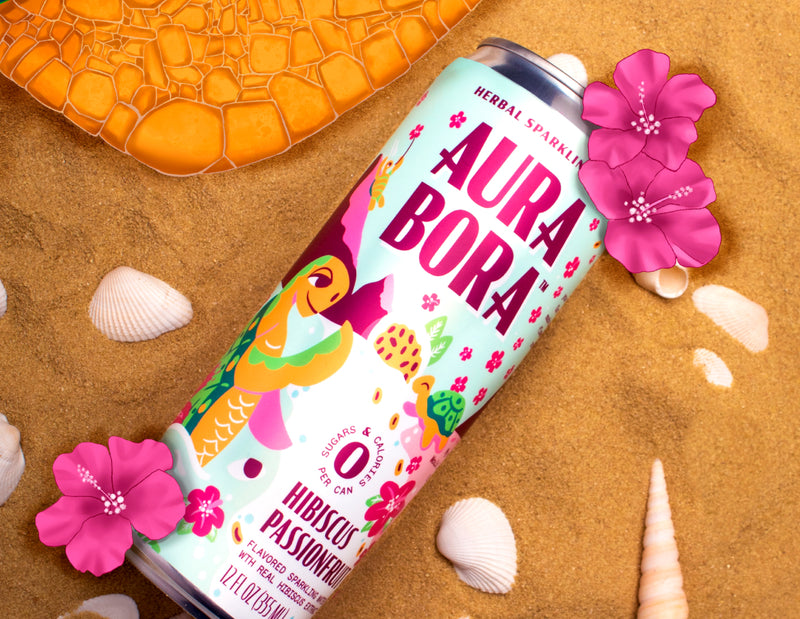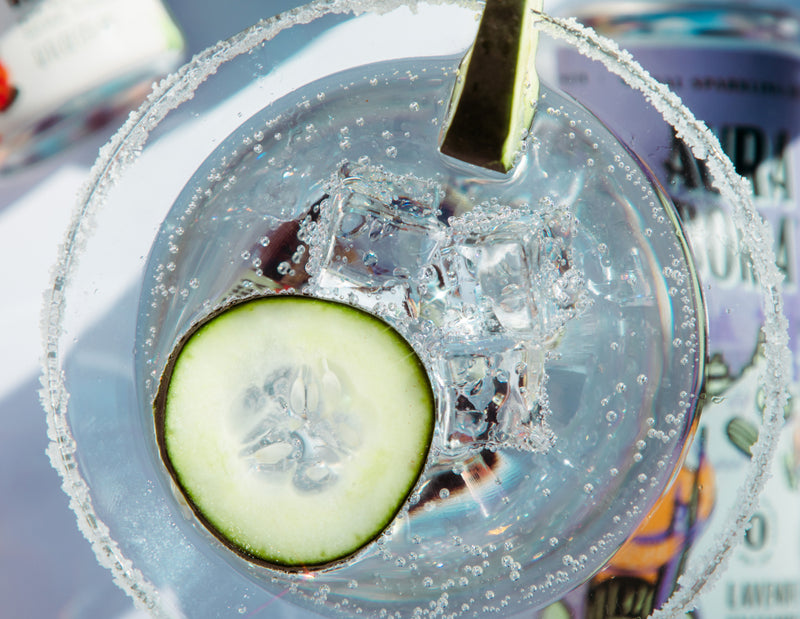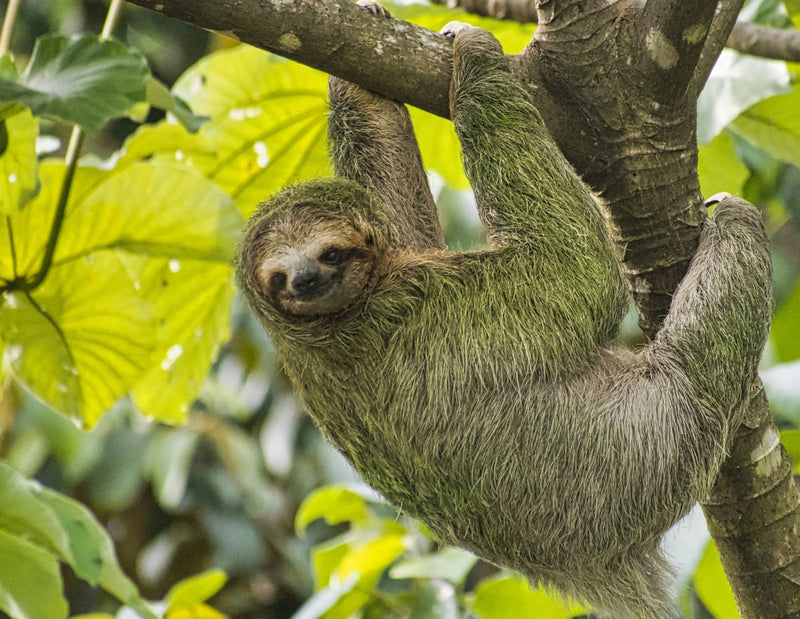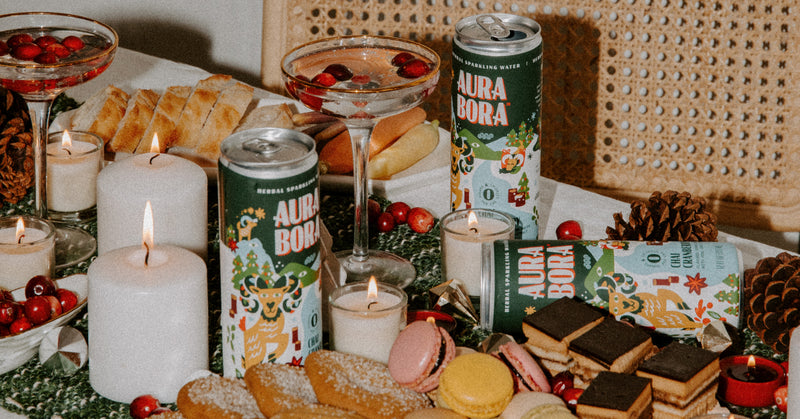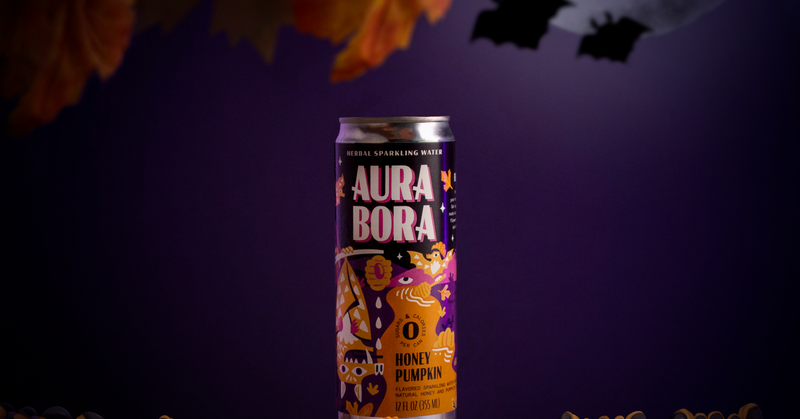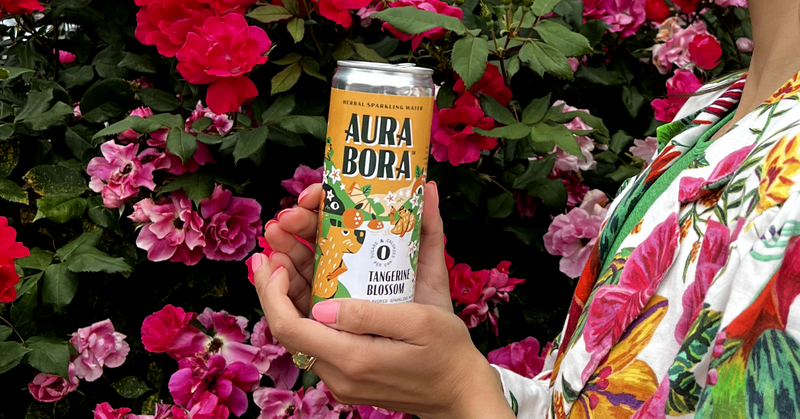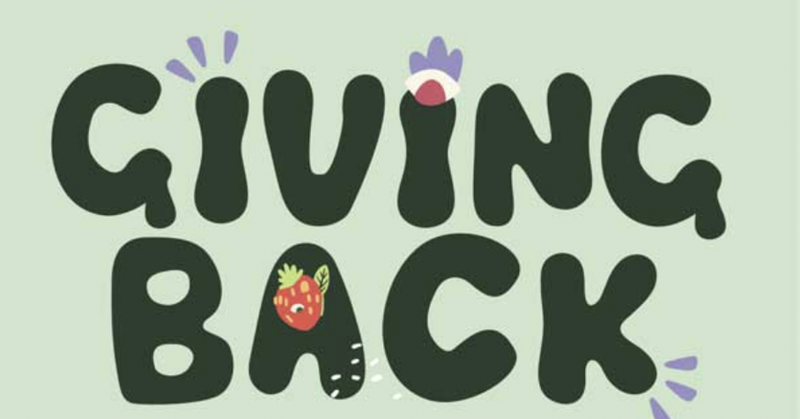Typically when we see that someone has used “The Sound of Music” in their book title, but that the book is not about our favorite Austrian singers and/or how Captain Von T was a low key/high key zaddy, we want nothing to do with it.
But when it’s called “The Sound of Music and Plants”, suddenly we perk up. GO ON.
And even if it’s still not about the Von Trapp family’s lesser-known, but v. life-changing journeys with plant medicine, we’re still game for a book title so tantalizing.
As it turns out, “The Sound of Music and Plants” is a highly controversial book by one Dorothy Retallack, a Coloradan grandmother who went back to school in the 1970s to study music. And for her required science credit, she decided to do an experiment with what she knew best: music. Specifically, playing music for plants and just seeing what happens. Science!

Now, Dorothy’s experiment, studying the effects of music on plants, wasn’t an entirely new concept. There was kind of a Plant Sentience Zeitgeist happening at the time. The same year Dorothy was doing her experiments, the seminal “The Secret Life of Plants” was published.
Even all the way back in 1902, the Indian “Father of Science”, Chandra Bose, performed numerous experiments on plants, and concluded that they could feel pleasure and pain. He also noted that how you “nurtured” plants affected how they thrived. Telling seedlings you hated them and wanted them to die killed them. Oh, buddy.
Slowly but surely, Science was discovering what all of us plant nerds already know: Plants are sentient babies that need love too! 🌿🤗
But what really caught our attention about Dorothy Retallack’s work was that she wanted to investigate if plants preferred specific types of music, and to that end she played a wide variety of genres, documenting the effects. And if there’s one ultimate reason we are gathered here on Earth, it’s to make the most primo plant Spotify playlist possible.
So let’s take a guess! What type of music do you think plants liked best?
- Country & Western (Yeehaw!)
- Classical
- Rock & Roll 🤘
- Indian Sitar
- Samba
Read on to find out!
When Dorothy performed her first experiment, she performed it on squash. A row of squash plants in a room, alone with a speaker. And lo and behold, when she put on a record of Bach’s Chorales, over several days the squash wrapped itself around the speakers, apparently not able to get enough of those mystical four-part harmonies. So if you picked classical music in our poll, you’re not entirely wrong.
But there were some different sweet tunes that the plants liked above all else…and no, it wasn’t Engelbert Humperdink. But yes, Dorothy did play the smooth sounds of Humperdink for squash. Kind of breaks your brain if you think about that sentence too hard.
She continued her experiment on a variety of plants: corn, squash, petunias, marigolds. She also played a wide variety of musical genres. In the rock room she played Jimmy Hendrix, Led Zeppelin, and Vanilla Fudge(!).

As you might already suspect, the rock music did not go great for those plants. Their growth was stunted. They were dehydrated and withering, like some unknown force had crippled the plants. Dorothy’s professor claimed the plants in this room looked grotesque and in total CHAOS, which is actually v. rock & roll tbh. In a 1971 New York Times article, Dorothy herself said “Some of those plants look like the people who attend rock festivals.”
The plants did like Jazz, though. The Jazz plants didn’t need as much water as those parched Rock ‘n Rollers did. Strangely, the plants had zero reaction to her peppy selections of Country & Western music. Dorothy played Marty Robbins - we don’t understand -- he’s a total leaf tapper! (Sorry for that.)
These initial results were so profoundly pronounced that Dorothy & her professors decided to do more trials, and add more controls. More experiments needed! Maybe it wasn’t the rock music per se, maybe the record was scratching. Or maybe there was a specific DJ the plants didn’t like on the radio. She also played around with white noise and other random noises. (White noise killed the plants, sadly.)
They left a room full of plants in silence: those plants grew normally. To make sure that it wasn’t just an accident that the plants were leaning towards the speakers, she turned the plants around 180 degrees to see if they would change their direction and grow towards the music again. AND THEY DID.
Over the course of these experiments, the funny thing was, the music the plants generally liked best was also the music that Dorothy herself liked best! 🤔 Was it possible Dorothy was somehow influencing the outcomes unintentionally due to her personal musical taste? Or was Dorothy just already aligned with the True Musical Taste of The Plants?
Dorothy went out of town for a while and had someone else take care of the plants, playing the same music, in the hopes of eliminating any possible bias by the experimenters. Apparently, the plants responded in the same ways, just loving that Classical & Jazz no matter who was at the helm.
(Also, this is awkward, but the plants apparently hated Dorothy’s favorite favorite music: Debussy. Also our favorite classical music, too. We’re gonna side with Dorothy on this one. Sorry, plants.)

But, at the end of all these experiments, there was one type of music the plants loved above all: Ravi Shankar. The plants could just not get enough sitar. The plants bent over 70 degrees to lean towards the music, by far the most drastic lean of all genres.
Eventually, the Denver Post got wind of what Dorothy was doing and did a piece on her, which in turn drew the attention of CBS in LA. They wanted her to conduct her experiments yet again! This time with time lapse cameras. Which they did, and this time those little hams must have known they were on camera. Their reactions to Ravi and Acid Rock were even more pronounced!
Then, on Oct. 16, 1970, a segment about Dorothy and her plants aired on Walter Kronkite. Dorothy blew up. The phone was off the hook with people interested and curious about her project. Schools contacted her so their students could perform similar experiments.
But of course, that’s also when the hate rolled in. No one was going to take an undergraduate grandma who loved singing in church seriously. Somehow filming plants wither and die under the incessant whine of Mick Jagger on an esteemed program like Walter Kronkite isn’t “scientifically sound” enough. Okay, nerds, whatever.
Here’s some of the hater’s qualms:
Her work was never peer reviewed! She used styrofoam cups that didn’t drain! (Dorothy, how could you?) She never strictly defined “Jazz”! The idea of plants responding to human thought is “Pure garbage”!
To top it off, guess if the publisher of “The Sounds of Music and Plants” was a respected scientific publisher of tomes? Nope, it was a NEW AGE publisher. Busted. You can never trust Big Crystal.
Now, sure, maybe Dorothy didn’t experiment with every plant out there. And non-draining styrofoam cups may not be the best home for plants to live, laugh and love in. But clearly those 70 degree leans were real.
We have no real skin in this game: we’re just trying our best to make our plants happy. Who knows what the hip young succulents wanna hear these days? Billie Eilish? We don’t know. Probably.
Whether academic science agrees yet or not, we assume that as Aura Borites you already know that plants like music, and that we’ll all just be here sipping our herbal bubblers, jamming out to Ravi, patiently waiting for Science to meet us in the greenhouse.
p.s. enjoy our plant-based playlist, Only Songs About Plants.


